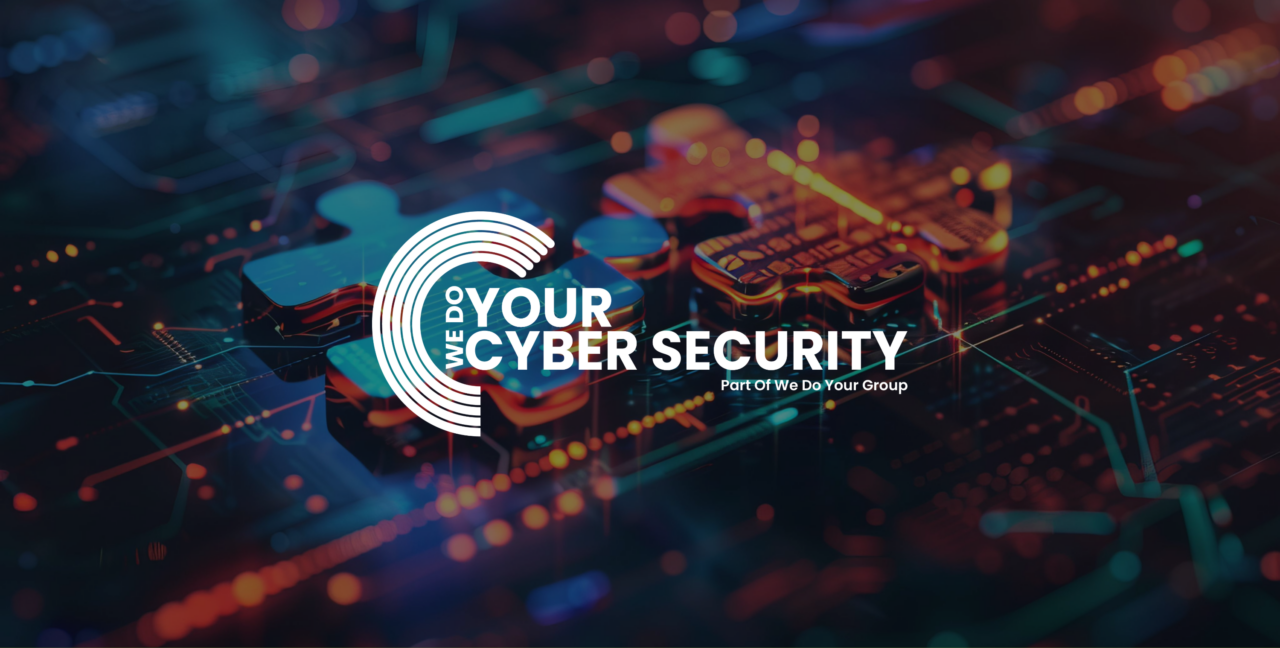

The recent CrowdStrike incident serves as a stark reminder of the critical importance of robust cyber security for companies in today’s digital age. The event on July 19, when a faulty update impacted 8.5 million Microsoft devices worldwide, caused widespread disruption across multiple industries, revealing significant vulnerabilities within modern cyber security frameworks. This situation underscores the risks associated with over-reliance on cloud services and the necessity of a balanced approach that mitigates single points of failure. For both large corporations and small businesses, it emphasises the need to protect critical data through rigorous software testing, robust incident response plans, and employee vigilance against threats like phishing. Implementing multi-factor authentication and controlling physical access to devices are essential steps in safeguarding sensitive information. Furthermore, maintaining a secure internet connection is vital for ongoing protection. By viewing cyber security not merely as a business requirement but as a vital investment in future resilience, companies can better navigate the complexities of the digital landscape and safeguard against potential cloud-related chaos.
The recent CrowdStrike incident has starkly illustrated the dangers of over-reliance on a single cloud provider. When a faulty update on July 19 impacted 8.5 million Microsoft devices globally, it became clear that dependence on one service can lead to widespread disruption. Small and medium businesses must heed this wake-up call and diversify their cloud strategies to protect their business data and reduce risks associated with single points of failure. Integrating multiple service providers, alongside rigorous software testing, stringent evaluations of third-party services, and robust antivirus software, will help build a more resilient cyber security framework. Additionally, businesses should implement measures such as using a virtual private network (VPN), securing wireless access points with strong service set identifiers (SSID), and controlling physical access to their networks. This comprehensive approach ensures not only operational continuity but also future-proofs the organisation against similar threats, transforming cyber security from a mere requirement to a fundamental business investment.
The CrowdStrike incident serves as a compelling example of the perilous consequences that small business owners face when relying too heavily on a single cloud provider. When the faulty update on July 19 affected 8.5 million Microsoft devices, including mobile devices, it became evident that businesses face considerable risks from single points of failure. This event underscores the urgent necessity for diversification in cloud strategies. By employing multiple service providers, companies can mitigate the risk of widespread disruption and ensure operational resilience. In addition to diversifying cloud strategies, small business owners should install security apps on their mobile devices, set up a separate user account for different levels of access, and configure their wireless access points with a secure service set identifier to guard against cyber attacks. Rigorous software testing, robust incident response plans, and careful scrutiny of third-party services are essential components for creating a resilient cyber security framework. Protecting other vital data is crucial, and diversification not only enhances security but also fundamentally transforms cyber security into a strategic investment, safeguarding the future stability of the organisation.
The CrowdStrike incident poignantly exemplifies that software updates, while vital, are insufficient without stringent testing protocols to back them up. The disruption caused by a faulty update on July 19, which affected 8.5 million Microsoft devices, highlighted significant vulnerabilities within existing cyber security frameworks. This incident serves as a critical lesson in the necessity for rigorous software testing before deployment. By implementing thorough testing procedures, businesses can identify potential issues and mitigate risks, ensuring that updates do not inadvertently introduce new vulnerabilities. Beyond software testing, securing your corporate network involves multiple layers of protection. Controlling physical access to business computers and isolating payment systems from the main network can prevent unauthorised entry. Securing the Wi-Fi network and ensuring all your devices are protected is paramount. Additionally, setting reporting procedures for any anomalies and safeguarding customer information are essential steps. Incorporating measures such as securing wireless access points ensures a comprehensive approach to cyber security. Rigorous testing and these security measures not only strengthen the overall security posture but also foster greater confidence in the digital infrastructure, making them fundamental components of a resilient cyber security strategy.
In the aftermath of the CrowdStrike incident, the focus on cyber security has never been more critical, especially for small businesses. One area deserving particular attention is employee vigilance against phishing and other cyber threats. Phishing attacks remain one of the most common and effective methods for cyber criminals to breach defences, often exploiting human error and lack of awareness. Comprehensive employee training is essential for small businesses to counteract these threats, equipping key personnel with the knowledge to recognise and respond appropriately to suspicious emails and messages. Regular training sessions, simulated phishing exercises, and ongoing awareness campaigns, alongside implementing multi-factor authentication and secure programs, can significantly reduce the risk of successful phishing attacks. Additionally, establishing self-reporting procedures and investing in anti-fraud services are crucial steps to protect customer information. Investing in employee education not only strengthens the overall security posture of an organisation but also instills a culture of caution and preparedness, making it a crucial element of a robust cyber security strategy for small businesses.
In light of the recent CrowdStrike incident, the scrutiny of third-party service providers has become increasingly vital, especially for small businesses, to maintain a secure and resilient digital infrastructure. The July 19 faulty update that impacted 8.5 million Microsoft devices underscores the potential risks associated with external services. Small businesses must adopt stringent evaluation and ongoing monitoring protocols to ensure their third-party providers adhere to high security and reliability standards. This includes conducting comprehensive audits, enforcing compliance with industry best practices, and implementing robust service level agreements (SLAs). Additionally, businesses should focus on securing wireless access points, preventing physical theft, and guarding against malicious software by carefully controlling who can install software and granting administrative privileges only to trusted personnel. Implementing strong passwords and allocating additional resources to cyber security measures can help mitigate vulnerabilities, reduce the risk of widespread disruption, and enhance their overall cyber security posture. Investing in third-party scrutiny is not merely a precautionary measure but a crucial component of a resilient and future-proofed cyber security strategy.
The CrowdStrike incident has highlighted a pressing need for businesses to rethink their cloud strategies by embracing diversity in service providers. Relying too heavily on a single cloud provider creates a significant single point of failure, as evidenced by the disruption caused by a faulty update on July 19 that affected 8.5 million Microsoft devices. By distributing assets and services across multiple cloud providers, companies can mitigate the risk of widespread outages and enhance operational resilience. This strategy not only spreads risk but also allows businesses to leverage the unique strengths and capabilities of different providers. Furthermore, integrating rigorous testing protocols, scrutinising third-party services, and regularly training employees against threats like phishing are essential to fortifying this diversified approach. Investing in such diverse and robust cyber security measures transforms traditional risk management into a proactive and strategic initiative, ensuring that the organisation remains resilient in the face of evolving cyber threats.
The recent CrowdStrike incident has made it abundantly clear that inaction in cyber security can have dire consequences for business continuity. The disruption caused by the faulty update on July 19, which impacted 8.5 million Microsoft devices, exposed vulnerabilities that could derail operational stability. Neglecting comprehensive cyber security measures not only puts sensitive data at risk but also jeopardises the trust and confidence of clients and stakeholders. By investing in a multi-faceted cyber security strategy—incorporating rigorous testing protocols, continuous third-party scrutiny, and employee training—businesses can fortify their defences against potential threats. This investment is not just a precaution but a crucial component of ensuring long-term stability, operational resilience, and the safeguarding of an organisation’s future. In the face of escalating cyber threats, the cost of inaction far outweighs the investment required to build a robust cyber security framework.
In an era where digital infrastructure serves as the backbone of modern business operations, the July 19 CrowdStrike incident offers invaluable lessons on navigating the complexities of the digital age. The disruption, caused by a faulty update that impacted 8.5 million Microsoft devices, highlights the risks associated with over-reliance on a single cloud provider. To mitigate such risks, businesses must adopt a diversified approach by distributing services across multiple cloud providers, ensuring no single point of failure can cripple operations. This strategy should be underpinned by rigorous testing protocols to identify and address potential vulnerabilities before they escalate, robust third-party scrutiny to ensure service providers adhere to high security and reliability standards, and comprehensive employee training to guard against threats like phishing. By integrating these elements into a cohesive cyber security strategy, organisations can enhance their resilience, ensuring business continuity and operational stability in an increasingly complex digital landscape.

This website uses cookies to improve your experience. Choose what you're happy with.
Required for the site to function and can't be switched off.
Help us improve the website. Turn on if you agree.
Used for ads and personalisation. Turn on if you agree.
This website uses cookies to improve your experience. Choose what you're happy with.
Required for the site to function and can't be switched off.
Help us improve the website. Turn on if you agree.
Used for ads and personalisation. Turn on if you agree.